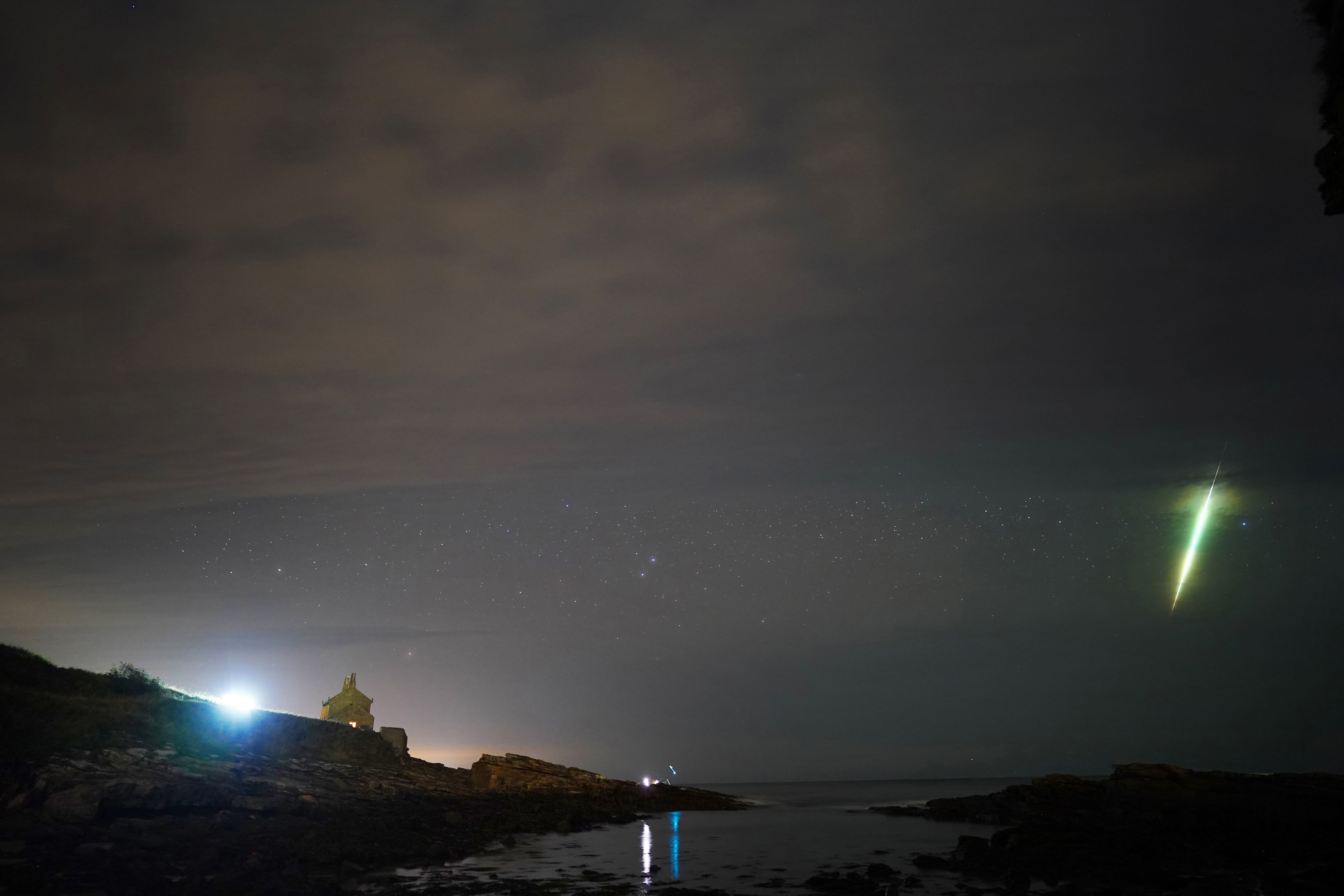Draconid meteor shower to create celestial spectacle this week
The meteor shower, also known as the Giacobinids, should peak between Tuesday and Wednesday.

Skygazers can catch a glimpse of a meteor shower this week as the Earth travels through a cloud of comet debris.
The meteor shower, also known as the Giacobinids, should peak between Tuesday and Wednesday, taking place from Sunday to Thursday.
While most other meteor showers are best seen in the early hours, the Draconids are best seen in the evening, after nightfall.
Finding a location with an unobstructed horizon and very little light pollution is recommended for seeing the meteor shower.
The Draconid meteor shower takes place every year and comes from the debris of comet 21 P/Giacobini-Zinner, which orbits around the Sun for six-and-a-half years.
The Draconids are sometimes known as the Giacobinids, named after Michel Giacobini – who discovered the comet 21 P/Giacobini-Zinner from which the meteors come.
The streaks seen in the night sky during the meteor shower can be caused by particles as small as a grain of sand.
Dr Minjae Kim, a research fellow from the Department of Physics at the University of Warwick, told the PA news agency: “During ideal conditions, observers may witness up to 10 meteors per hour.
“The shower’s radiant point is highest in the evening sky, making it a rare meteor shower best viewed after sunset rather than in the early morning hours.
“The waxing crescent to first quarter moon phase will provide relatively dark skies, enhancing visibility.
“So, seek out any areas with minimal light pollution, such as rural settings or parks away from city lights. Also, find a spot with an unobstructed view of the sky and a clear horizon.
“Allow your eyes about 20-30 minutes to adjust to the darkness for optimal night vision, which is always helpful.
“You could bring a reclining chair or blanket to comfortably observe the sky. Remember, patience is key when stargazing. Settle in, relax, and let the wonders of the night sky unfold before you.”
Bookmark popover
Removed from bookmarks